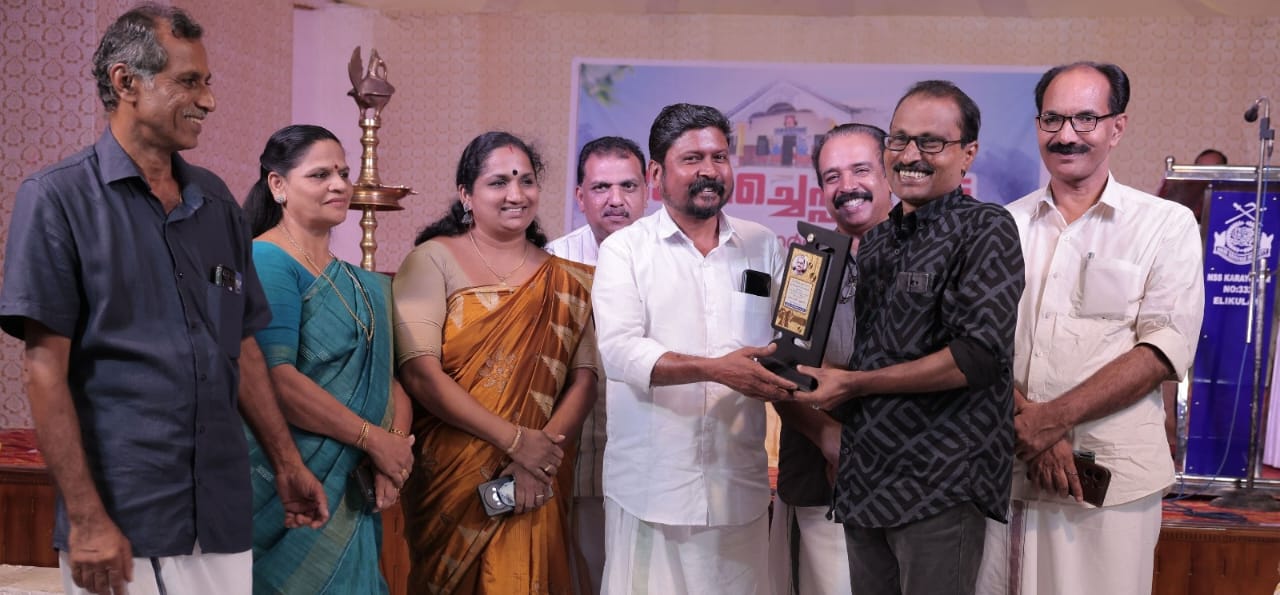The eHealth Strategy
The transformation of Romania’s healthcare system through digital innovation stands as a pivotal development in the country’s public sector modernization efforts. Over the past decade, this technological evolution has reshaped medical services delivery across the nation, marking one of the most substantial changes in Eastern European healthcare. As international partnerships flourish and domestic initiatives gain momentum, Romania’s healthcare digitalization serves as a compelling case study in balancing ambitious modernization goals with practical implementation challenges.
From Paper to Pixels: The Evolution of Romanian Healthcare
These roots of digital transformation in health in Romania date back to the small World Bank-funded project from the late 1990s. Small-a fraction of today’s ambition-the start was tiny but nonetheless very much a first serious step at modernization of Romania’s medical infrastructure. From that foundation has grown incredibly the all-encompassing digital strategy of today, underpinned by partnerships with the World Health Organization, among others.
Recent developments have been along three lines. The most obvious is perhaps the integration of EHRs, with not exactly smooth rollout. That the National Health Insurance House linked the latter to their Unique Integrated Information System has been encouraging but many such problems continue to beset a raft of health care providers.
Telemedicine: The Surprise Success Story
One of the surprises that has fared well is telemedicine. While modest gains were expected, recent changes in the legislation created a much better-than-expected platform for home healthcare-related services. This became particularly true for communities in rural areas where access to specialized medical services was poor. Patients have embraced the concept of telemedicine with more enthusiasm than expected, say physicians, even while there is room for improvement.
Practical Challenges in Implementation
Health administrators down to doctors echo the same frustrations when it comes to the rate of digital transformation. Often enough, tight budgets complicate these tough choices, which usually need to be made between updating medical equipment and investing in digital infrastructure. Another significant challenge relates to training for staff-a great many medical professionals, at least outside larger towns and cities, will require extra help to employ novel digital tools to full advantage.
Yet all of these challenges have, in turn, fostered a growing raft of creative solutions. For example, many hospitals have initiated peer-training programs in which technology-savvy staff help their more leery colleagues learn to use the new systems. Not part of the national strategy, it is proving a remarkably effective method of improving digital adoption rates.
Look to the Future: Setting Realistic Expectations
This partnership between WHO/Europe and Romania’s Ministry of Health marks a new phase in this journey of digital transformation. The recent discussions with healthcare policy experts make it seem that, even as ambitious goals of complete digitalization remain, there is, at this moment, an increasingly nuanced approach to thinking about the timeline for implementation. The efforts are shifting toward ensuring sustainable, incremental improvements instead of rapid overhauls.
These now include interoperability of data across a variety of healthcare providers and cybersecurity. As simple as they may sound, these indeed are the vital building blocks of any digital health infrastructure. That the National Health Strategy is focusing on such basics reflects maturity in the understanding of what will work in the long run.
Making It Work: The Human Factor
Probably the most encouraging aspect of digitalization in the Romanian healthcare system is the growing acceptance from medical professionals. Recent surveys show that young doctors, in particular, appreciate how digital tools are lightening their workload, but at the same time declare that personal contact with patients should not disappear.
More investment, more patience-this is the way forward. While many challenges are still facing the Romanian healthcare system, this progress in regard to digital transformation does point toward hope for a great future. Success will depend not just on implementing technology but also on a continued focus on what matters: ensuring better patient care and support for health professionals in their lifesaving work.
As Romania further navigates this path, a set of rich lessons emanates from its experience for other countries undertaking similar transformations. The key insight remains that successful healthcare digitalization is not about installing new technologies; rather, it is about creating systems that work for healthcare providers and patients, taking into consideration real-world constraints and challenges.












